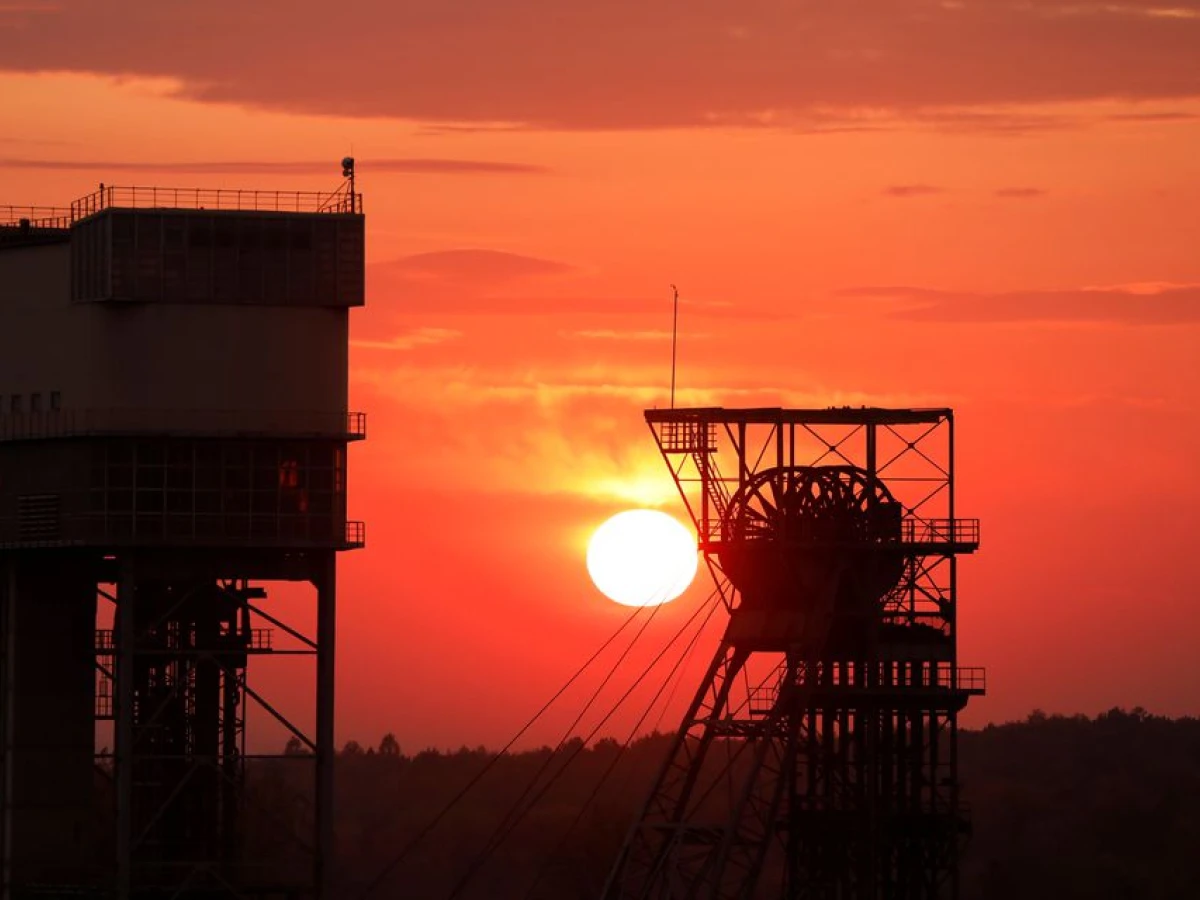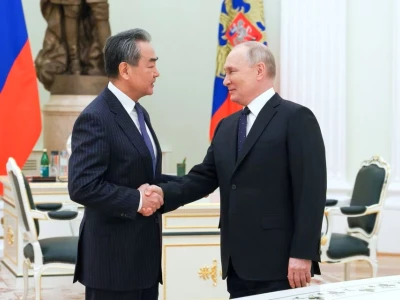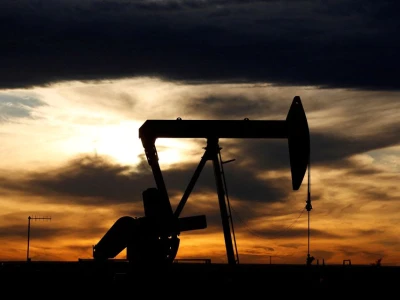
East-West battleground will shift to metals
In 2019, China accounted for 64% of the global production of graphite, 60% of rare earth elements, 13% of lithium and 8% of copper, IEA data shows.
MILAN, Dec 23 (Reuters Breakingviews) - The global trade war will shift from fossil fuels to metals and raw materials. Russia’s invasion of Ukraine highlighted the risk of relying on autocratic states for energy. Even if Europe’s gas crisis eases, Western manufacturers’ focus will switch to reducing China’s dominance in materials key to a cleaner economy.
Europe needs to cumulatively spend $5.3 trillion on clean energy projects by 2050. That requires a sixfold increase in the global production of copper, lithium, graphite, nickel and some rare earths by 2040, International Energy Agency estimates show. Yet China dominates the processing, and to a lesser extent the extraction, of many critical industrial ingredients. It refines 58% of lithium produced globally, 65% of cobalt and over one-third of nickel and copper. Ostracised Russia is also big in nickel, palladium and cobalt. Europe, which imports between 75% and 100% of most metals, looks particularly vulnerable.
In response, Western companies can strike deals with suppliers in friendly countries, open mines at home, or boost recycling. The first approach is the fastest and is underway. In 2022 carmakers have ramped up partnerships with mines and invested directly in mining projects, data from Fitch Solutions shows. General Motors took a stake in Australia’s Queensland Pacific Metals to secure nickel and cobalt for green SUVs.
Opening new mines at home looks safer but takes longer. Take lithium. Europe doesn’t currently mine an ounce of the key electric-vehicle battery component. And the United States only supplies 2% of global demand. But things are changing.
Sibanye Stillwater is aiming to operate Europe’s first lithium mine in Finland in 2025; France’s Imerys is seeking to extract 34,000 tonnes of lithium hydroxide annually from a mine opening in 2028. If all European lithium mining projects transpire, they could supply around 40% of its expected demand of 600,000 tonnes of lithium carbonate equivalent a year by 2030, says one European miner. The United States, which only holds 3% of the world’s lithium reserves, has passed legislation to subsidise domestic extraction of crucial materials.
Neither approach is foolproof. Mining in developed markets may mean pushback from environmentally conscious citizens. Critical metals producers could also make life trickier for buyers by forming cartels.
That’s why Western nations’ best option is ultimately to recycle metals from used appliances. Companies like Umicore and Redwood Materials already own the technology to reuse batteries and smartphones. Europe recycles 17% of the globe’s battery production. But this share will rise to 48% by 2025, Fitch Solutions suggests.
Unfortunately, recycling is costly. But in a polarised world, protecting Western industries and jobs will merit a premium.
Europe would need to invest $5.3 trillion in new power generation projects, particularly wind and solar, as well as green hydrogen developments to free itself from fossil fuels by 2050, according to BloombergNEF estimates.
Total demand for metals and minerals critical to shifting away from fossil fuels would need to grow by six times by 2040 to help the world reach global climate goals, according to estimates from the International Energy Agency.
In 2019, China accounted for 64% of the global production of graphite, 60% of rare earth elements, 13% of lithium and 8% of copper, IEA data shows.
The People’s Republic also accounts for 87% of the global refining and processing of rare earth elements, 65% of cobalt, 58% of lithium and 40% of copper.




